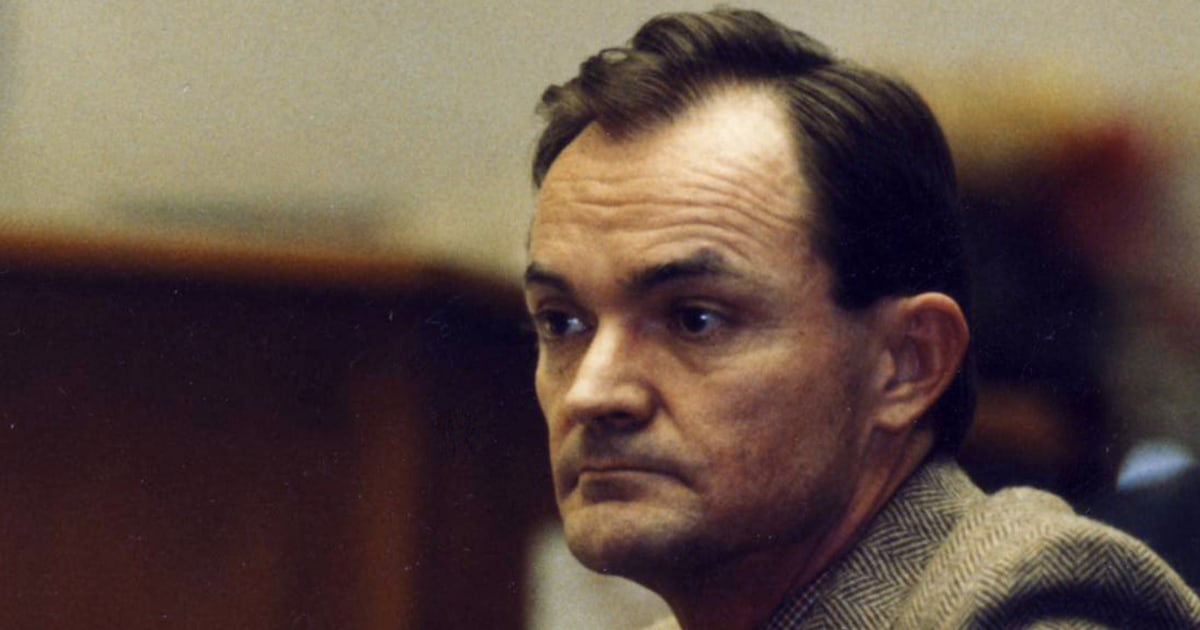Unraveling the Mystery: Randy Kraft’s Potential Link to a 45-Year-Old Oregon Murder
In a chilling development, convicted serial killer Randy Kraft has been identified as a potential suspect in a 45-year-old unsolved murder case in Oregon. Authorities are re-examining evidence linking Kraft to the 1978 killing of a young woman, reigniting interest in his sprawling criminal legacy and raising questions about how many victims remain unidentified.
The Cold Case Resurfaces
The Oregon case involves the brutal murder of 22-year-old college student Diane Johnson, whose body was discovered near a rural highway outside Portland in September 1978. At the time, investigators found disturbing parallels to other unsolved killings along the West Coast, but the case eventually went cold. Recent advances in forensic technology and a review of Kraft’s known movements have now drawn investigators’ attention to possible connections.
“The modus operandi matches Kraft’s signature in several key aspects,” explained retired FBI profiler Mark Harrison, who consulted on the original investigation. “The victim profile, disposal method, and geographic proximity to his known routes all raise red flags.”
Kraft’s Notorious History
Randy Kraft, now 77 and serving a death sentence in California, was convicted in 1989 for 16 murders, though investigators believe he may have killed as many as 67 young men between 1971 and 1983. His case file includes:
- Operation of a “kill kit” with restraints and drugs
- Detailed records of victims coded in a personal ledger
- Extensive travel along the West Coast during the murder period
While Kraft primarily targeted men, criminal psychologists note that serial killers sometimes deviate from their usual victim profile. “Theoretical models suggest Kraft could have experimented with different victim types during his early killing years,” said Dr. Elena Torres, a forensic psychologist at Stanford University.
New Evidence Comes to Light
The Oregon State Police cold case unit began re-examining Johnson’s murder after discovering Kraft had been stationed at a military base just 90 miles from the crime scene in 1978. Key findings include:
- DNA evidence preserved from the scene that matches Kraft’s known genetic markers
- Witness accounts of a vehicle similar to Kraft’s at the time
- Unaccounted time periods in Kraft’s military records during the murder window
“We’re treating this as a credible lead,” confirmed Detective Sarah Wilkins of the Oregon State Police. “While we can’t discuss specifics, the accumulated evidence warrants serious consideration.”
Challenges in Prosecuting Cold Cases
Even with compelling evidence, prosecuting decades-old murders presents unique hurdles. Key challenges include:
- Degradation or contamination of physical evidence
- Death or fading memories of witnesses
- Legal complications from Kraft’s existing death sentence
Legal experts note that while Kraft cannot face additional capital punishment, solving cold cases provides closure for victims’ families. “Each identified victim represents justice delayed but not denied,” remarked former prosecutor James Reynolds, who worked on serial killer cases.
Implications for Other Unsolved Cases
This development has sparked renewed interest in dozens of unsolved murders along the West Coast during Kraft’s active years. Law enforcement agencies are now:
- Reviewing over 30 similar unsolved cases from 1975-1983
- Collaborating across state lines to share evidence
- Applying modern forensic techniques to old evidence
The potential connection also raises questions about how many serial killers may have had more victims than officially recognized. According to FBI statistics, approximately 15% of solved serial killer cases involve later discoveries of additional victims.
What Comes Next?
Investigators plan to formally interview Kraft, though his history of silence makes cooperation unlikely. Meanwhile, forensic teams are conducting advanced DNA analysis that could conclusively link him to the Oregon murder. The results could come within months.
For Diane Johnson’s surviving family members, the developments bring mixed emotions. “After 45 years of uncertainty, we deserve answers,” said her sister, Mary Johnson-Wilson. “Whatever the outcome, we need to know the truth.”
As this investigation unfolds, it serves as a powerful reminder that justice has no expiration date. Readers with any information about unsolved cases from this era are encouraged to contact their local law enforcement or the FBI’s cold case tip line.
See more Update My News



